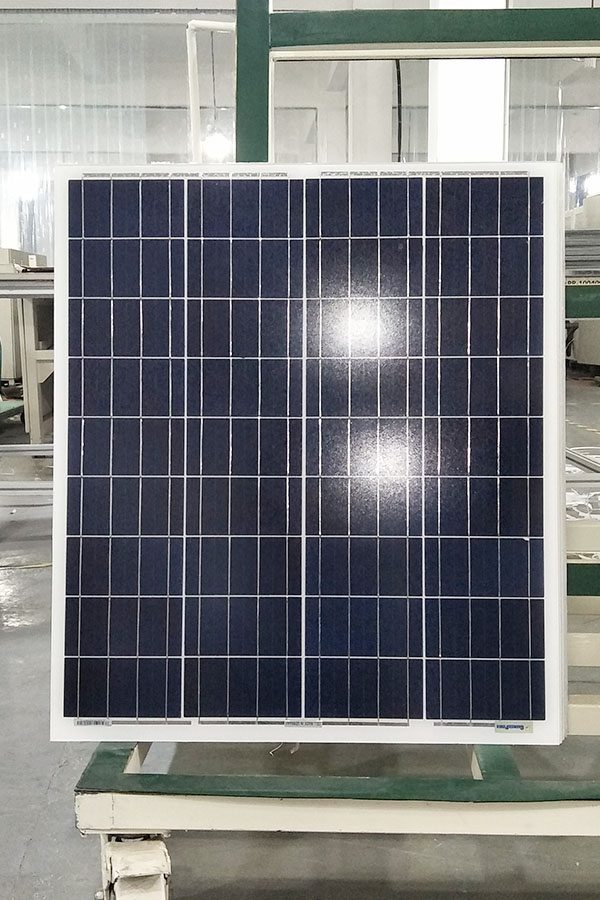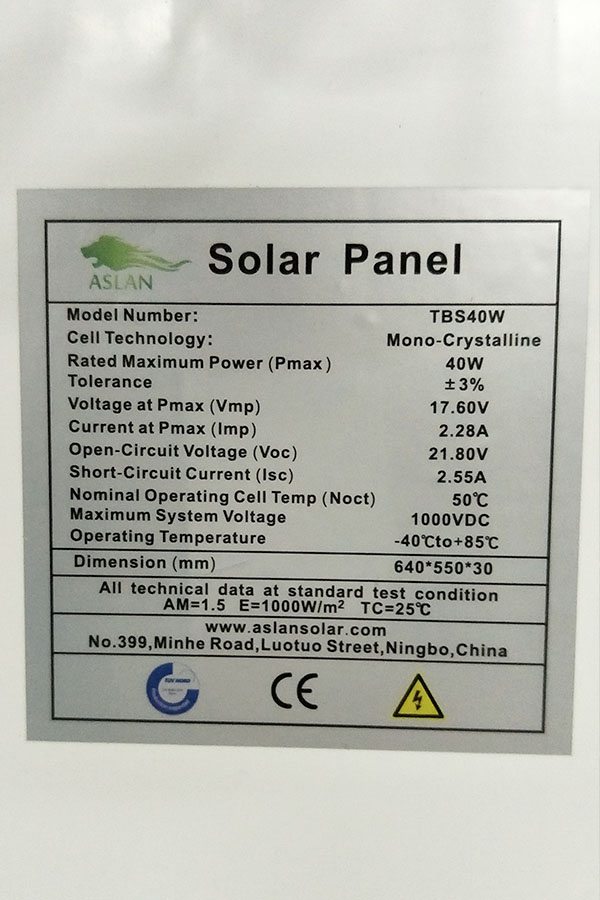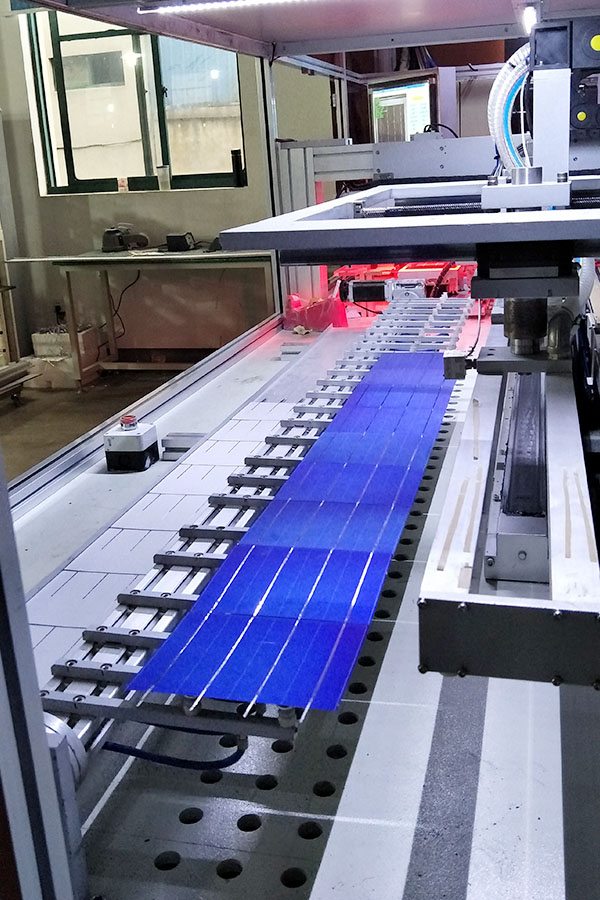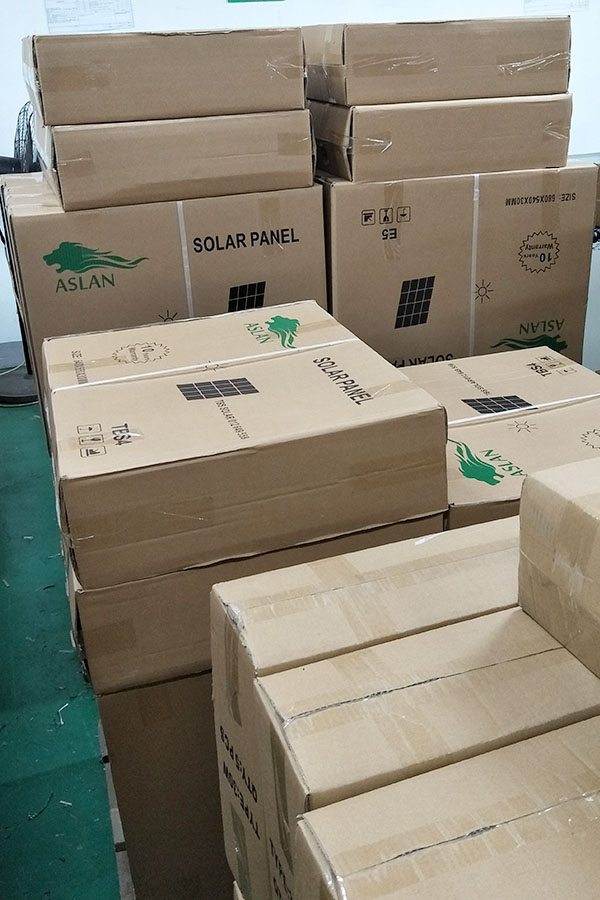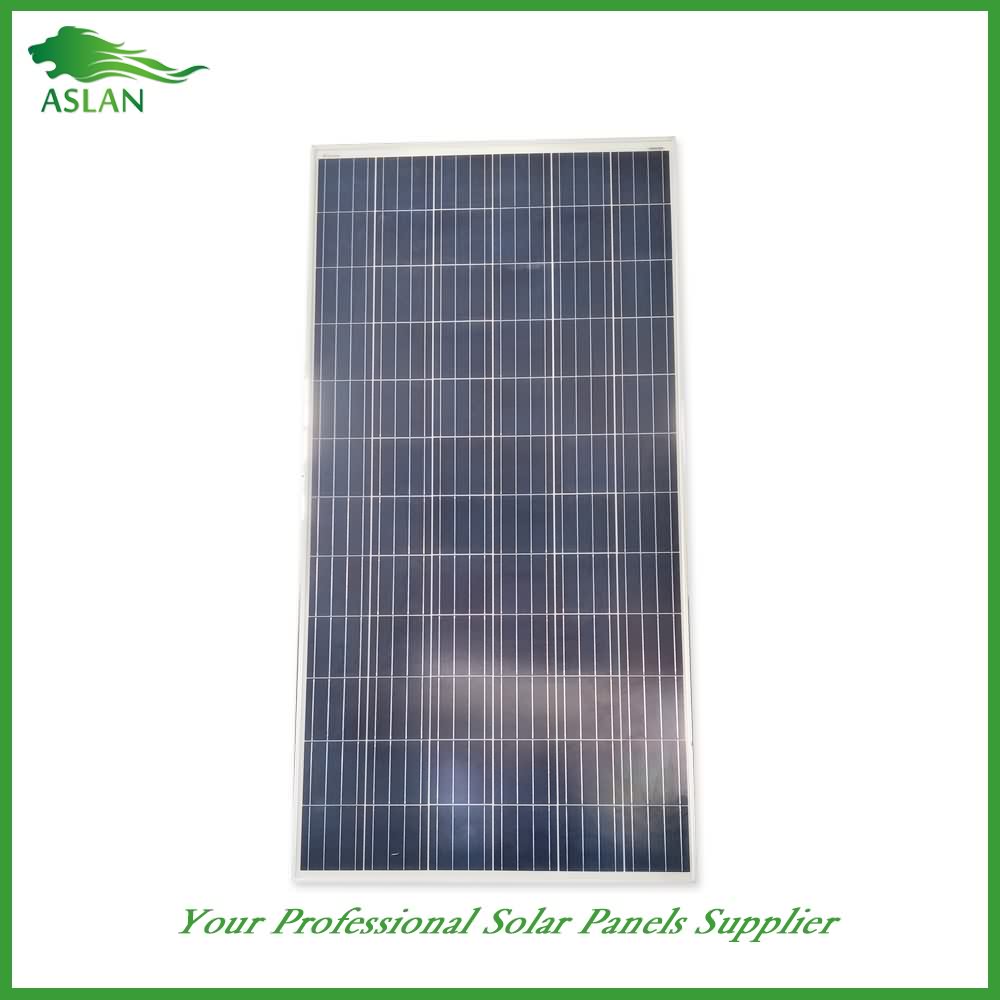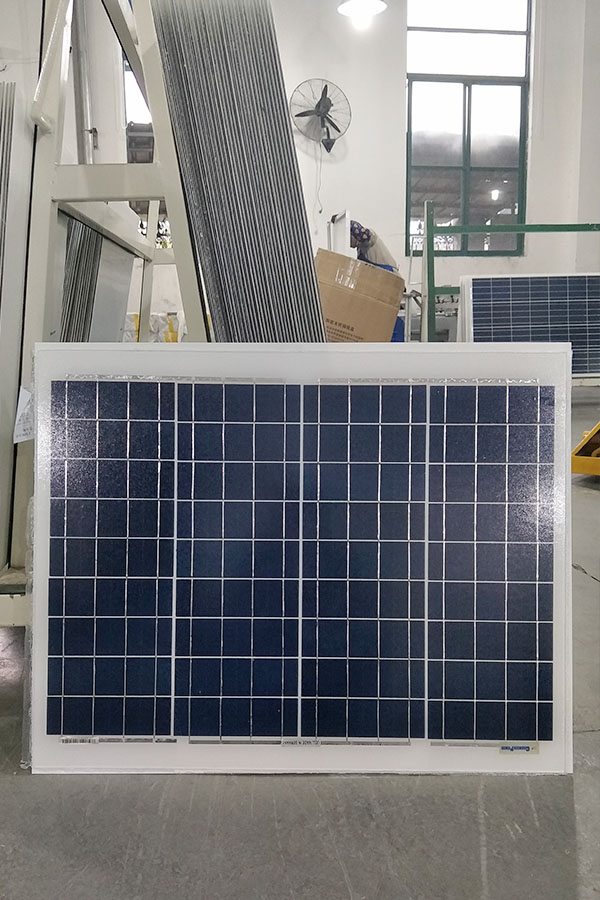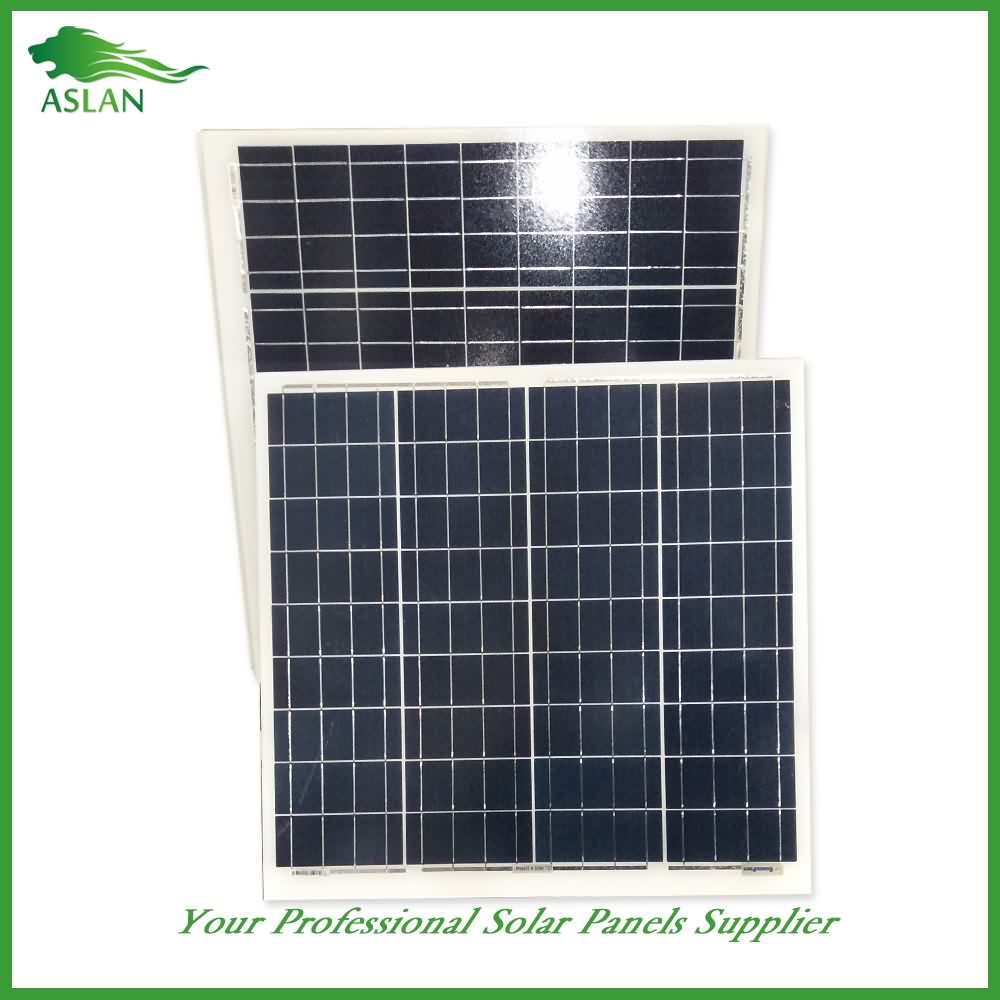Massive Selection for Poly-crystalline Solar Panel 60W Wholesale to Sydney
Short Description:
"Based on domestic market and expand overseas business" is our development strategy for Massive Selection for Poly-crystalline Solar Panel 60W Wholesale to Sydney, We are always looking forward to forming successful business relationships with new clients around the world.
Poly-crystalline Solar Panel 60W
Technical parameter
Maximum Power(W) 60W
Optimum Power Voltage(Vmp) 17.35V
Optimum Operating Current(Imp) 3.46A
Open Circuit Voltage(Voc) 21.16V
Short Circuit Current(Isc) 3.80A
Mechanical Characteristics
Cell Type Poly-crystalline 156 x 65mm
No of Cell 36 (4x9pcs)
Dimensions 678x657x35mm
Weight 5.0Kg
Front Glass 3.5mm,High Transmission, Low Iron,Tempered Glass
Junction box IP65 Rated
Output Cable TUV 1×4.0mm2/UL12AWG,Length:900mm
Temperature and Coefficients
Operating Temperature(°C): -40°C ~ + 85°C
Maximum System Voltage: 600V(UL)/1000V(IEC) DC
Maximum Rated Current Series: 15A
Temperature Coefficients of Pmax: -0.47%
Temperature Coefficients of Voc: -0.389%
Temperature Coefficients of Isc: 0.057%
Nominal Operationg Cell Temperature (NOCT): 47+/-2°C
Materials of solar panel
1).Solar Cell——Poly-crystalline solar cell 156*65mm
2).Front Glass——-3.2mm, high transmission, low iron, tempered glass
3).EVA——-excellent anti-aging EVA
4).TPT——-TPT hot seal made of flame resistance
5).Frame——anodized aluminum profile
6).Junction Box——-IP65 rated, high quality, with diode protection
Superiority: high quality anodized aluminum frame, high efficiency long life, easy installation, strong wind resistance, strong hail resistance.
Features
1. High cell efficiency with quality silicon materials for long term output stability
2. Strictly quality control ensure the stability and reliability, totally 23 QC procedures
3. High transmittance low iron tempered glass with enhanced stiffness and impact resistance
4. Both Poly-crystalline and Mono-crystalline
5. Excellent performance in harsh weather
6. Outstanding electrical performance under high temperature and low irradiance
Quality assurance testing
Thermal cycling test
Thermal shock test
Thermal/Freezing and high humidity cycling test
Electrical isolation test
Hail impact test
Mechanical, wind and twist loading test
Salt mist test
Light and water-exposure test
Moist carbon dioxide/sulphur dioxide
I was asked by a friend in Australia to install his solar panels, batteries and inverter. This was a good opportunity for me to practice my skills in solar power installation.
He had a complete solar power set complete with four 80 watt solar panels, two huge batteries, a solar charge controller and a pure sine wave inverter. This is from a camper he once had.
At first we decided to cut an old wooden pallet to size and put the batteries on that. My friend and his kids helped get the pallet ready.
When that was done i put the batteries on the pallet. This was a challenge because each battery weighs 160 pounds. I then wired up the batteries together in parallel to increase the total Amp Hours of the battery bank while keeping a 12 volt system.
We drilled a hole in the box to accept the wires coming from the solar panels. I put a solar panel on the porch roof to test the system out. After connecting the solar charge controller to the batteries I then wired up a solar panel to the charge controller and saw that it was charging the batteries.
But my friend came up with a better idea for the batteries and dragged out this huge trunk that will now house the batteries and double as a bench.
I got the batteries wired up in the new trunk and this is where I had to leave it for the day.
Please watch Part Two of the installation here:
Follow The Off Grid Project and get your home off the grid on a budget
http://www.TheOffGridProject.com
Join The Off Grid Project and The Do It Yourself World forum and share your ideas, tips and projects.
http://www.thediyworld.com/forum
The Off Grid Project is presented by The Do It Yourself World.
http://www.TheDIYworld.com
Experiments and projects in off grid living, alternate energy, survival, hiking and more.
October 29, 2012 – Stanford Professor Zhenan Bao and her colleagues have developed the first solar cell made entirely of carbon, a promising alternative to the expensive materials used in photovoltaic devices today. Unlike rigid silicon solar panels that adorn many rooftops, Stanford’s thin film prototype is made of carbon materials that can be coated from solution – a technique that has the potential to reduce manufacturing costs.
Related article: http://news.stanford.edu/news/2012/october/carbon-solar-cell-103112.html
Stanford University:
http://www.stanford.edu/
Stanford News:
http://news.stanford.edu/
Stanford University Channel on YouTube:
http://www.youtube.com/stanford
